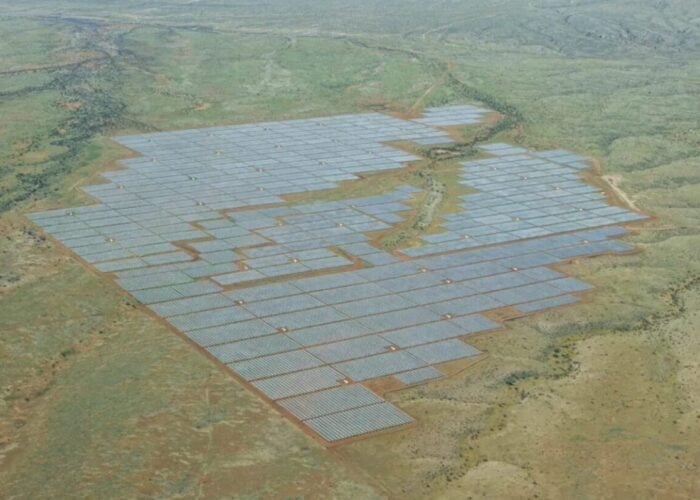The African Development Bank Group (AfDB) has approved two loans, totaling €176 million (US$216 million) for the second phase of the Ouarzazate solar project in Morocco.
The first loan of €100 million (US$123 million) came from the AfDB’s own resources, while the second loan, equaling out to US$119 million, comes from the Clean Technology Fund.
Unlock unlimited access for 12 whole months of distinctive global analysis
Photovoltaics International is now included.
- Regular insight and analysis of the industry’s biggest developments
- In-depth interviews with the industry’s leading figures
- Unlimited digital access to the PV Tech Power journal catalogue
- Unlimited digital access to the Photovoltaics International journal catalogue
- Access to more than 1,000 technical papers
- Discounts on Solar Media’s portfolio of events, in-person and virtual
The second phase of the Ouarzazate project will see the development of two new power stations, totaling a generation capacity of 350MW, and an average production of over 1,100 GWh annually.
Alex Rugamba, Director of the AfDB Energy, Environment and Climate Change Department, said: “The project is one of the innovative developments in the energy sector supported by the Bank, based on the technology used and the financial arrangements with the support of the Climate Investment Funds, namely a public-private partnership supported by several donors. The Bank’s participation in this second phase will support its position as a leading partner in the development of Morocco and strengthen its dominant role in combatting the effects of climate change.”
The project is a part of the Moroccan Solar Energy Programme (NOOR), which looks to produce a minimum capacity of 2,000MW by 2020 within the country. Currently, Morocco relies on external sources for 95% of its energy needs.
This is the second time that the AfDB has funded part of the Ouarzazate project, as the group partnered with the Clean Technologies Fund to put forward grants of €100 million and US$100 million in 2012 as part of the development of the project’s first phase.
Work began on the first phase of the project in 2013 with the construction of a 160MW power station, which is slated to begin operations in 2015.






